Different Types And Designs of Hatch Covers Used For Ships
Hatch covers of ships are designed to be efficient and cost-effective, as an initial investment and during service, and at the same time should suit the demands of the various types of cargo vessels.
The major objective of hatch covers and coamings on ships is to prevent the ingress of water into the cargo hold and protect the goods from being damped and damaged.
Hatch covers also act as a barrier to the ship’s internal structure by enduring the green water loads in extreme weather, which can damage the internal structure of the ship due to corrosion.
Types Of Hatch Covers
The various types of hatch covers that are mainly used on board are as follows –
- Lifting type
- Rolling type
- Folding type
- Sliding type
- Roll stowing type
Lifting type or lift away type hatch covers are generally used on container ships, whereas rolling type is used on bulk carriers (to be specific side-rolling). Rolling type can be divided into end rolling, side rolling, and piggyback & telescopic.
Folding type hatch covers are basically used on general cargo ships. However, these may vary depending on the stowage space and the type of cargo that is carried.
Folding type
Folding type hatch covers consists of two flat type topped panels which are operated via hydraulic arms. These may be fitted on both weather deck as well as tween deck. A major advantage in the design of folding type hatch covers is its large size which means less number of panels.

Rolling type
Rolling type hatch covers consists of two covers at the end of the hatchway. Wheels are fitted which help in the sliding of the panel either athwartship in case of side rolling or longitudinally in case of end rolling.
These type of hatch covers are usually fitted on large ships. Hydraulic rams are required to raise them to rolling position as they are extremely heavy and have very large dimensions.
Lifting type
Lift away type hatch covers can be classified into two types –
a) Single panel covers,
b) Multi-panel covers.
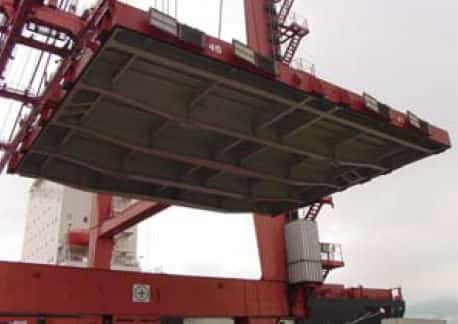
Single panel cover consists of a single cover for each opening, these can be seen mainly on bulk carriers. In case of multi-panel covers, a single hold is covered via multiple numbers of covers, these are most commonly observed in cellular container ships in the case of longitudinal joints, and for multipurpose cargo ship in case of transverse joints.
Stacking cover type
These type of facility are used on ships having relatively smaller hatch cover. It consists of a hydraulically powered lifting crane facility whose purpose is to lift the covers longitudinally and stack it together at one end or over any empty stowage tank. It is relatively cheap and is used mostly in barges.
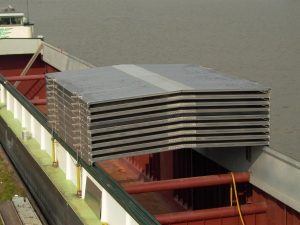
Designing A Hatch Cover
Designing a hatch cover does not mean just designing the cover and its coaming, there are various key components which ensure that the hatch cover stays intact and effective for a very long period. The key parts are as follows –
- Bearing pads
- Securing devices: cleats & wedges
- Pontoons and panels
- Operating mechanism
- Stoppers
- Drains & non-return valves
- Compression bars
It should be ensured that the maintenance of the above-mentioned components is done on a regular basis in order to ensure the safety of the cargo and the effectiveness of the hatch cover & coamings.
General considerations while designing the various components of the hatch cover are as follows:
- Deck Opening: The strength of the hull is dependent on the size of the deck opening. High tensile steel must be used to provide adequate longitudinal strength even in ships where the hatch width is more than 70% of the width. Detailed structural design and strength analysis should be carried out on ships with large hatchways. Stress concentration points are usually located at the corners of the openings which can be eliminated by providing thick elliptical or parabolic plates.
- Coaming Height: Height is measured above the upper surface of the deck. They are closed by steel covers fitted with direct securing arrangements. However, the coaming can also be omitted as long as the safety of the ship is not at risk. Majority of ships have coaming height of about 1-1.8 m in order to accommodate more cargo, especially, in bulk carriers. Coamings can also be designed by sloping them inwards, creating a larger opening at the deck level.
- Hatch Corner Construction: The designer should avoid sudden discontinuity of longitudinal strength at the ends of side coaming. The girders are extended to a suitable end beyond the hatch end for structural continuity. Usually, taper brackets are used to extend the hatch coaming in order to reduce stress concentration. As mentioned earlier elliptical or parabolic plates at the corners also help in reducing stress concentration which would otherwise lead to fatigue followed by fracture.
- Drainage: Proper drainage facility should be provided in order to prevent the damage of sensitive cargo. This can be done by providing a channel around the peripheral seal of the hatch cover which ensures that the water is discharged onto the weather deck through a hole in the coaming.
Hatchless Container Ships
Concept of hatchless container ships can be considered as a revolutionary change in the field of cargo ship design. This can be understood well if we look into the disadvantages of having hatch covered container ship.
- Deadweight can be increased by eliminating the weight of the heavy hatch covers.
- Since hatch covers are located high their removal improves stability.
- Port operations can take place swiftly eliminating the time for opening and closing of hatch covers.
- Individual vertical stacks can be removed without disturbing the others. Whereas previously the containers on the hatch had to be removed first in order to get to the containers below the deck.
- Securing of containers has become easier in contrast with a conventional container ship where the containers above the hatch covers had to be secured via lashings separately.
- The maintenance of hatch covers, coamings, gaskets, cleats etc., becomes unnecessary.
However, this type of concept has got various disadvantages as well. First of all, it cannot prevent the flow of green water into the holds which leads to internal structural damage.
Second, when empty it is subjected to torsion and hence these ships have relatively large torsion boxes. Third, water entering the holds need to be removed via a proper drainage system or else it may cause a free surface effect.
As the dimensions of the ship increase the size of the hatch cover also increases as a result it becomes difficult to provide longitudinal strength to the ship. Hence, proper longitudinal strength should be provided in the form of hatch coamings.
Hogging and sagging of the vessel can also be reduced by providing gaskets at the corners of the hatch whose rubber can absorb the relative movement of the compression bars. Transverse deformation can also be reduced using gaskets. However, in order to reduce torsional deformation, resilient cleats should be fitted at the ends of the hatch covers, thus reducing the relative movement between the panels.
It is to note that a variety of factors are taken into consideration while choosing the type and design of hatch cover for a particular ship.
Over to you..
What according to you are the main points that should be considered while planning hatch covers for a particular ship?
Let’s know in the comments below.
You might also like to read:
- How to Test and Maintain Cargo Hatch Cover of a Dry Ship?
- Hull of a Ship: Understanding Design and Characteristics
- Designing A Ship: Bottom Structure – A General Overview
- Procedure For Designing A Ship’s General Arrangement
- Design Of Cargo Holds In Different Types Of Ships
Disclaimer: The authors’ views expressed in this article do not necessarily reflect the views of Marine Insight. Data and charts, if used, in the article have been sourced from available information and have not been authenticated by any statutory authority. The author and Marine Insight do not claim it to be accurate nor accept any responsibility for the same. The views constitute only the opinions and do not constitute any guidelines or recommendation on any course of action to be followed by the reader.
The article or images cannot be reproduced, copied, shared or used in any form without the permission of the author and Marine Insight.
Do you have info to share with us ? Suggest a correction
Latest Naval Arch Articles You Would Like:
Subscribe To Our Newsletters
By subscribing, you agree to our Privacy Policy and may receive occasional deal communications; you can unsubscribe anytime.












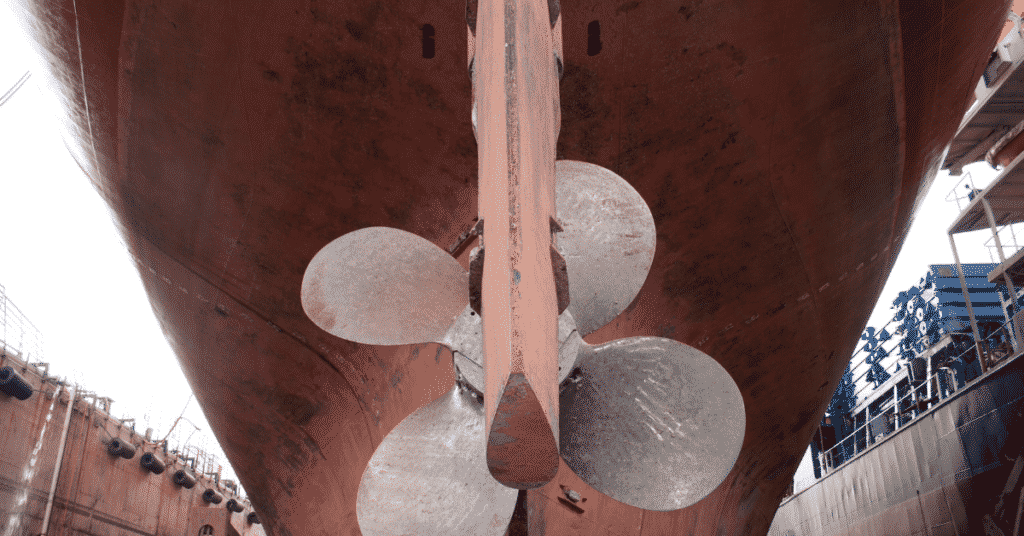
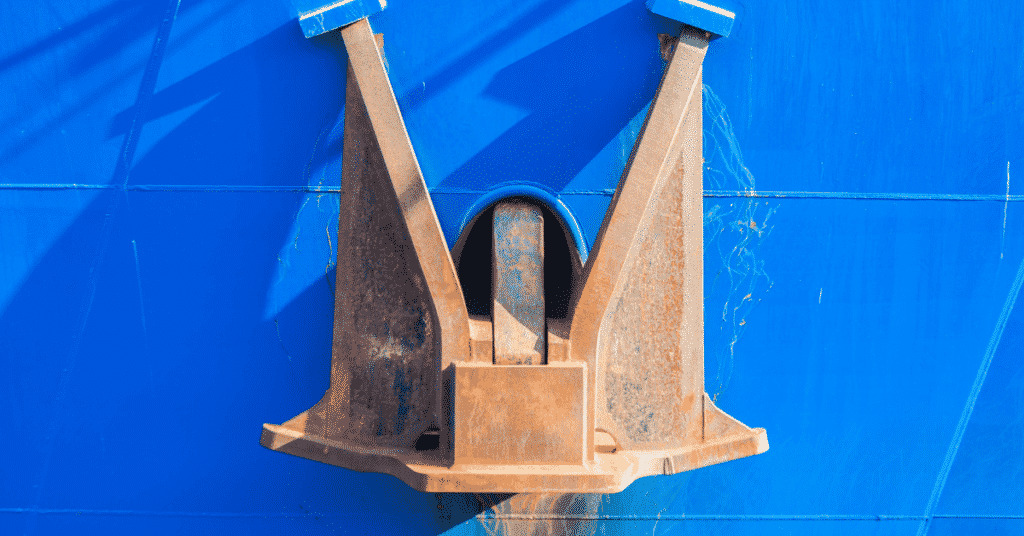
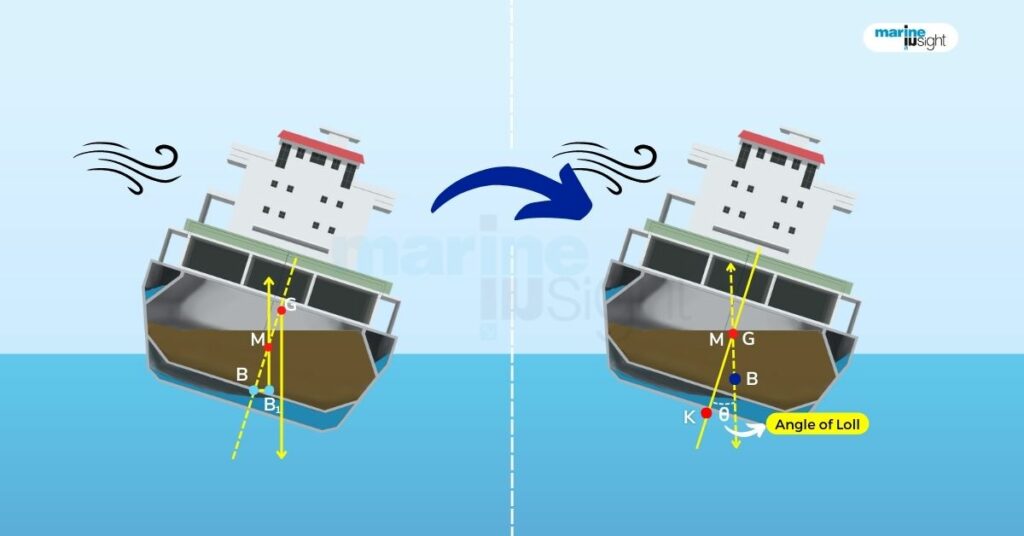
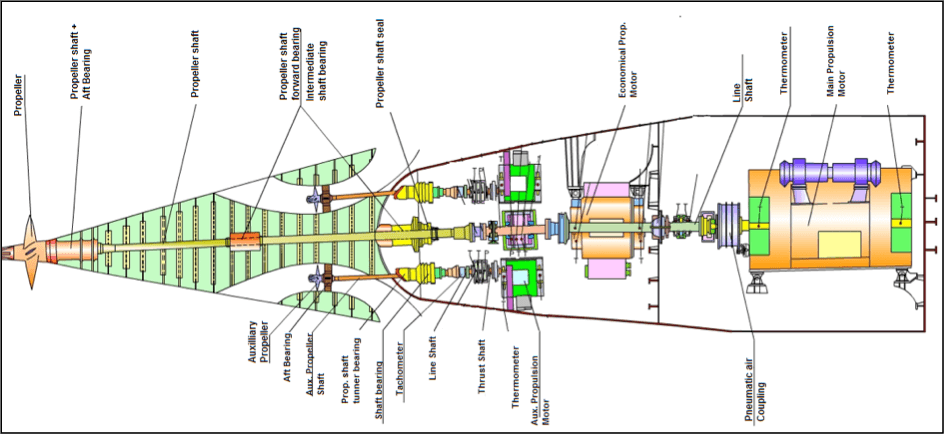
I read cargo operation for bulk carrier anf container
useful
This is a good overview of a subject which often does not receive the priority of attention which it should.
Do you have any information regarding the time required to close a rolling or a folding hatch cover? I am presently working on an evaluation of risk to bulk cargoes due to water ingress at ports situated in areas of heavy rainfall.
WHAT ARE SELF TRIMMING HATCHES
I had no idea that hatch covers act as a barrier by taking on the green water loads in extreme weather. I was recently on a cruise, and I have never been on a large boat before. I was admittedly a little worried about the safety and stability of the ship, and afraid we’d sink. Knowing that different features like hatch covers are designed for specific safety purposes is very reassuring!
I have been trying to locate a two piece cover, with non skid surface and detachable
Note: Its round 36″ in dia X 4″ wide and either made of hard plastic or metal, two pieces are put together with screw’s. This cover was made for the upper and middle hatches on subs. If you know of thing that resembles this device let me know ASAP. If I can make one from blueprints or the company that makes them. Thanks for your time Steve
Steve Hanks. I know of a company that makes these out of a composite material. Their name is MCP (Machined Custom Products) in Ohio. http://www.mcp-na.com